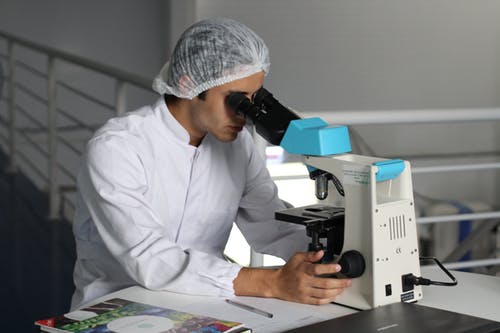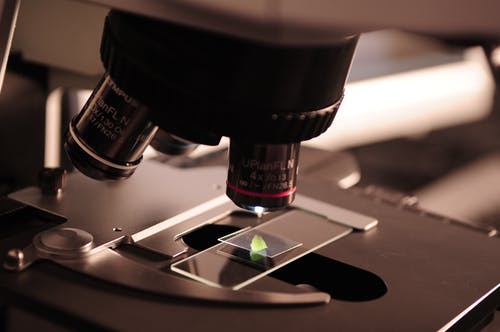DNA testing has been used for many different things, though they are becoming increasingly popular when individuals become interested in their ancestry and undertaking a genealogy project. Genetic testing can enable you to learn many new things about your ancestry and can also help you to affirm things you may already know about your ancestors. There are many benefits to taking a DNA test, especially as it relates to a genealogy project. An effective DNA test can help you to learn more about your ancestry, as well as obtain information regarding potential health risks. DNA testing can be done for genealogy, prescribed by a doctor, or even obtained to determine the ancestry of your pets.
What is Genetic Testing?
Genetic testing occurs when a sample of hair, skin, blood, amniotic fluid, or other tissues is tested in a lab. The lab then proceeds to compare the results against other genetic samples or test the sequencing to determine what they indicate. There are multiple types of tests, as well as many various companies that undertake genetic testing. Genetic testing uses algorithms to spot patterns that can provide information regarding the genetic makeup of the individual, as well as compare it to the DNA of others.
Whole genome sequencing looks at the entire sequence of DNA as a whole. It gives the most complete view of your genetics. Exome sequencing focuses on the proteins that the DNA is designed to produce, which examines the DNA primarily to determine specific patterns present in the sequences. Most ancestry oriented genetic testing companies offer three different avenues for DNA tests. The ideal procedure will depend primarily on the intended outcome of the test. A Y-DNA test is used to trace the paternal line by testing the Y chromosome. Alternatively, an mtDNA test traces the maternal line. An autosomal DNA test combines both lines, which provides the most complete look at your ancestry.
How DNA Testing Works
DNA is made up of a sequence of letters: A, T, C, and G. The arrangement of the letters in the DNA sequence provides instructions to the body regarding physical characteristics and functions of the body. The DNA is located in the nucleus of a cell, which allows it to be extracted from within a cell. To complete DNA testing, a sample is collected and sent to a lab. For most ancestry related DNA tests, the sample includes either a cheek swab or a sample of saliva that is then sent in to the lab.

At the lab, the professionals look at the DNA and compare it against other DNA samples. An algorithm is used to detect patterns located in the DNA sequence. These tests can be used to identify characteristics, identify risk of health problems, as well as give a general idea regarding ancestry. These tests can compare the DNA specifically to another person’s DNA to determine relation. It can also be compared to a sample group to obtain a more general idea. Specific sequences may be detected to identify certain traits or potential health risks.
Best DNA Testing
Not every DNA test is created equally. There are many different companies that provide DNA testing and you can even obtain DNA testing for your dog! The ideal DNA test will depend primarily on your intended outcome. Family Tree DNA is a great resource if you wish to have a more in-depth analysis on your genetic makeup and ancestry. 23andMe is one of the best companies for genetic testing that is intended to provide health-related information, though they also provide ancestral information. Ancestry DNA is a highly-rated business that is rather user friendly. The results are easy to understand, the process is simple, and it is one of the most affordable tests available. They also have an exceptionally large DNA reference pool, which allows them to obtain more accurate results.
How DNA Testing Can Help your Genealogy Project
Prior to obtaining DNA testing, it can be particularly valuable to determine your objective. Deciding whether you intend to affirm previously gained information or learn new things about your ancestry can help you understand what to look for with your project. DNA testing provides the most effective information when multiple people are tested from the same family line. Genetic testing provides clues regarding your genealogy research and may help you to narrow down your search. These tests often provide ethnic background percentages, as well as affirm genetic information that you are already aware of. Many genetic tests will show you family members that have also been tested back as far as 5 generations.
Can a DNA Test Be Wrong?
Ultimately, a test that is taken to determine ancestry is limited to the broad ancestry data that is available for comparison. The results of a DNA test are more certain when it comes to individualized information, such as comparing two direct DNA samples to determine ancestry. There are other things that may cause a DNA test to be wrong, such as incorrect collection. It is important to follow the instructions carefully to prevent contamination to the tissue sample. Most places will recommend that you wait a couple of hours after eating to ensure a clean sample. Tampering is also possible if an individual is concerned regarding the results. It is possible for a DNA test to be wrong, but advanced algorithms tend to prevent these mistakes from occurring.
There are a variety of benefits that can come from genetic testing. It is important to determine an objective in order to optimize the benefits from your DNA test. If you are unsure of the next steps to take with your genealogy project, it can be especially valuable to hire the services of a professional genealogist. Here at Heritage Consulting, we are passionate to helping you complete your genealogy project to your satisfaction. These services can be similarly useful for estate and probate research. To learn more about how DNA testing can help with your genealogy project, contact us today!





